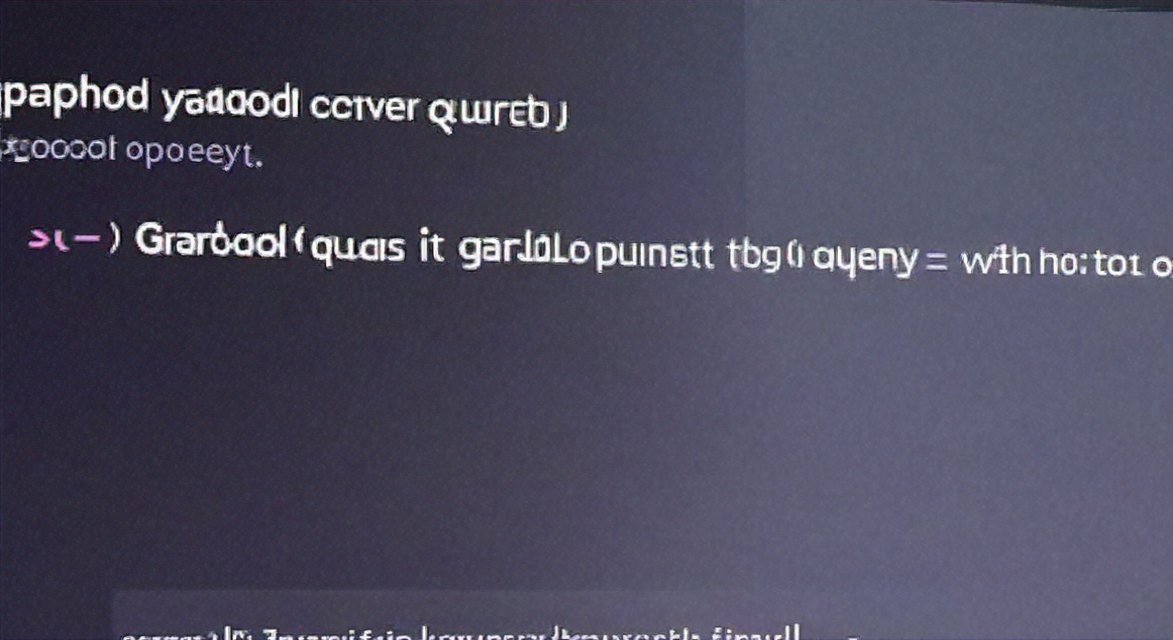Mastering Data Transformation: How to Convert Payloads into GraphQL Queries 🌟

In today's fast-paced digital world, data transformation is a crucial skill for any developer. One of the most powerful tools for handling data is GraphQL, a query language for APIs that provides a more efficient and flexible way to retrieve data. This article will delve into the process of converting payloads into GraphQL queries, helping you master this essential skill.
Understanding Payloads and GraphQL Queries
What is a Payload?
A payload is a collection of data that is sent from a client to a server. It typically contains information that the server needs to process, such as user input, configuration settings, or any other relevant data. Payloads are commonly used in web applications to send requests to the server and receive responses.
What is a GraphQL Query?
A GraphQL query is a request for data from a GraphQL server. It allows clients to specify exactly what data they need, reducing the amount of data transferred over the network and improving performance. GraphQL queries are written in a simple and intuitive syntax that makes it easy to retrieve the data you need.
The Process of Converting Payloads into GraphQL Queries
Step 1: Analyze the Payload
The first step in converting a payload into a GraphQL query is to analyze the payload and understand the data it contains. This involves identifying the different fields, types, and relationships within the payload.
Step 2: Identify the GraphQL Schema
Once you have analyzed the payload, you need to identify the GraphQL schema that corresponds to the data. The schema defines the types, fields, and relationships available in the GraphQL API.
Step 3: Map Payload Fields to GraphQL Fields
Next, you need to map the fields in the payload to the corresponding fields in the GraphQL schema. This involves identifying the appropriate types and relationships for each field.
Step 4: Construct the GraphQL Query
With the mapping complete, you can now construct the GraphQL query. This involves writing a query in the GraphQL syntax that retrieves the data you need from the server.
Best Practices for Writing GraphQL Queries
1. Use Descriptive Field Names
When writing GraphQL queries, use descriptive field names that clearly indicate what each field represents. This makes it easier for other developers to understand the query and its purpose.
2. Avoid N+1 Queries
N+1 queries occur when a query is executed for each item in a list, resulting in a significant performance hit. To avoid this, use GraphQL's built-in features, such as pagination and filtering, to limit the number of queries executed.
3. Use Aliases for Complex Queries
When dealing with complex queries, use aliases to simplify the query and make it easier to read. This can help reduce the complexity of the query and improve performance.
Conclusion
Converting payloads into GraphQL queries is a valuable skill for any developer. By following the steps outlined in this article, you can master this essential skill and improve the performance and efficiency of your web applications. Remember to use best practices when writing GraphQL queries, and don't hesitate to experiment with different approaches to find the best solution for your specific use case.
"GraphQL is not just a query language; it's a new way of thinking about data." - Lee Byron, Co-creator of GraphQL
References
🔗 1. GraphQL.org 🔗 2. The GraphQL Book 🔗 3. Mastering GraphQL 🔗 4. GraphQL Best Practices 🔗 5. Understanding GraphQL

